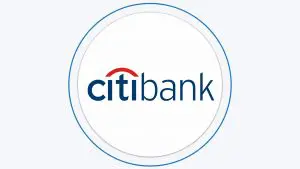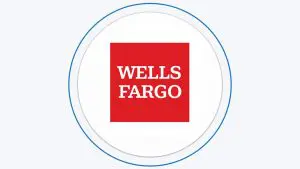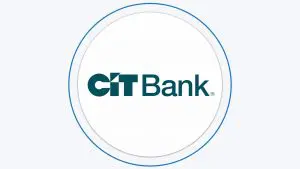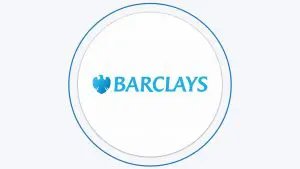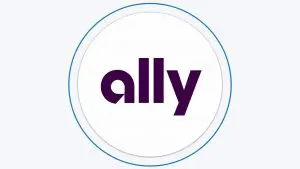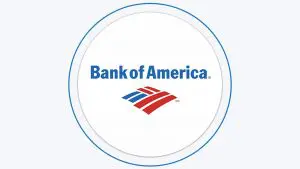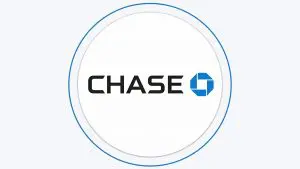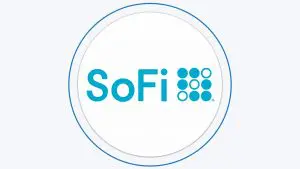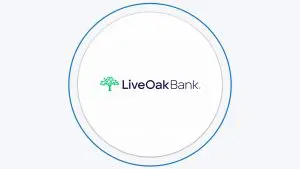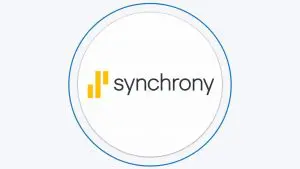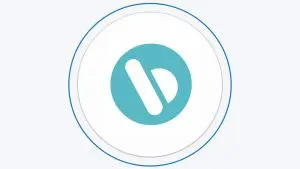Table of Content
Sticking to a budget is difficult enough – but what happens when an unexpected situation comes up?
The good news is, there’s a way to prepare for these sudden unplanned expenses.
By putting up a savings buffer, also known as an emergency fund, you can face these emergencies without having to borrow money from your retirement plan or from your life insurance, bury yourself in credit card debts, beg from friends and relatives, or do desperate measures that will also push your stress level to the skies.
What is an Emergency Fund?
An emergency fund is a sum of money that you have set aside so you can use it when a crisis situation comes up and you need money to resolve it.
The rationale for having an emergency fund is basic: none of us can predict what’s going to happen in the future.
An emergency fund can give you peace of mind to know that in case something dreadful happens, such as getting laid-off from work, you can concentrate on how to deal with the emergency itself and not wreck yourself worrying how to survive financially.
Why You Should Consider an Emergency Fund
- Unexpected medical expenses. You can be a health buff and watch what you eat all the time – but there’s no escaping aging and other circumstances of life.
- Sudden but urgent car repairs. Cars do not care about your finances and seem to break down when you’re most unprepared for it.
- Loss of job. You can’t be too sure nowadays even if the economy is doing well because your company may always include you on the downsizing list.
- Major home repairs. Some items in the house don’t give any warnings that they are about to conk out on you, like that basement pipe that will suddenly burst open while you’re fast asleep.
- Peace of mind. Having money for emergencies is one less stressor to ordinary stressful life.
How Much Should You Put?
It actually depends on your personal situation, but many financial experts suggest that four to eight months equivalent of your monthly expenses is enough as your emergency fund.
That might appear like a challenging sum but starting small is the key. Begin with $500 to $1,500 as your first step in building a fully-stocked emergency fund.
A smaller initial goal is much easier to accomplish and allows you to feel you’ve achieved something, so you can motivate yourself to work harder for the next financial milestone.
Once your small emergency fund is in place, you can be confident in handling life’s small emergencies without borrowing money.
This can help you gain momentum in your money saving journey rather than focusing on the draining task of paying off the debt that you have incurred because of a small emergency.
Where to Keep Your Emergency Fund
You’ll want to achieve a certain kind of balance here. You want your emergency fund to be readily accessible in case you need it but not too accessible that you can just get it even when there’s no real emergency.
We mean that the last day of a mall weekend sale does not qualify as a real emergency.
Online banks are good places to store your emergency money because you can’t just go into the bank and take out cash.
You may keep your emergency funds in a combination of locations such as an online savings account, money market account, and short-term CDs. You can even get higher interest rates from an online bank.
Do some projections on how quickly you can have access to the funds in case of an emergency and how you would be able to transfer, withdraw, or use these funds without unexpected restrictions.
An emergency may force you to use your emergency savings account as a transactional account and a money market account may be a great choice.
Just make sure that the APY is at par or better than the top savings accounts in the market. Having your emergency funds in a savings account works just as fine because, during an emergency, there should be a way for you to get your money into a transaction account.
Build an Emergency Fund in 7 Steps
Building an emergency fund required a plan. Here are the main steps to take when thinking of building one:
1. Set Short-Term and Long-Term Goals
Aim for a long-term goal equivalent to six month’s expenses and then draw up simple steps for how you plan to reach it. For example, set aside $100 per month for the next three years.
2. Monitor your spending & Income
Review your bank account statement (preferably take a full month’s sample) to get an idea where you regularly spend your money.
After that, make a list of all your sources of regular income and one-time money that will surely come in soon (such as a maturing CD).
When you have a list of your income and expenses, it is easier to zero in on your priorities.
See which of your monthly expenses you can trim or even eliminate so you can channel the savings into your fund.
Check if the one-time money you’ll be getting can all go into the fund as well. Some of the easy ways to save can include carpooling, cooking and eating more at home, giving up on non-essential subscriptions, recycling, upcycling leftovers and avoiding small daily purchases.
Then, reasonably answer these 2 critical questions:
- Which expenses can I reduce, trim or eliminate?
- What is the minimum and maximum I can save based on my income?
3. Set a Monthly Savings Goal
Decide how much you want to save each month based on your short-term goals, long-term goals and your calculations.
This should be enough for each month to continue building your emergency fund and reach your goal within your timeframe.
Hopefully, this will develop the habit of saving regularly and turn your focus away from the enormity of the amount that you need to build.
4. Open an Account
As we’ve mentioned, once you know how much you should save, the next step is to decide where you’ll keep the money.
Since the objective is to have the fund where you can efficiently access it in case of an emergency, you can keep it in a savings account, money market account or short-term certificates of deposit.
5. Set up Automatic Deposits
Arrange with your bank to make automatic deposits to your emergency fund every payday so it becomes a ‘forced savings’.
The cool thing about this is you can just sit back and enjoy your emergency fund grow in your account month after month.
6. Save Your Tax Refund
This happens only once each year at tax time and it happens only if you expect a tax refund. Saving your tax refund is an easy way to raise your emergency fund.
The best way to do this is to have your refund go directly to your emergency account. Another technique is to adjust your W-4 tax form so that your employer will withhold less money from you. Then, route the extra cash into your emergency stash.
7. Adjust How Much You Save
As the months and years go on, you might come to a status where you can save more.
For example, you or your spouse could get a raise at work – that could mean more cash for your savings. Make sure you review your budget from time to time and look for new ways to tighten your belt and level-up the amount that you put into your savings.
Emergency Fund Tips
Here are some practical tips to help you keep to your goals and build a true-blue emergency fund:
- Start slow – If you’re starting from scratch, don’t be too ambitious and try to build $100,000 in a few months if this is unrealistic for you.
Get things rolling with just a wee fraction of your income. A small amount such as $20 per month can give you the push you need to have a running start although $100 per month would really be nice. In fact, experts recommend that you save 10% to 15% of your paycheck for this. - Automate your contributions – After you’re done with the budget and have comfortably determined a monthly surplus, ask your Payroll Department to transfer that amount every payday from your paycheck to your emergency account. You’re more likely not to spend that money if you don’t physically get your hands on it.
- Make use of ‘free money’ wisely – Your boss gave you a raise? Received a loyalty incentive? Whatever free money you get – like if you collect a long-outstanding debt from your cousin – dump all or most of that money right into your emergency fund.
- Opt for a liquid interest-bearing account – The worst move you can do is choose an account that penalizes you for getting money from it when you need it.
Check out high-yield checking and savings account, if you qualify for them. And don’t skip the local credit unions because they may offer higher interest rates for your money.
FAQ
Prioritizing savings can help you have extra cash when you need it. If you require car repairs or emergency home repairs, you will be able to obtain the funds immediately.
Saving money teaches you responsibility and teaches you how to budget and manage your own finances. Savings will also allow you to avoid incurring credit card debt or taking out loans.
People frequently spend more money than they are aware of. If you don't have a budget and aren't tracking your spending, you may be spending more money per month than you intended. Budgeting your money and expenses will ensure that you only spend what you have.
People who budget frequently track how much money they have coming in and then keep a record of how much money they spend each month. You can then put any remaining funds into savings or an emergency fund.
If you lose your job or have another emergency that causes you to lose income and wages, emergency funds will allow you to live for a few months on your savings. Emergency funds will also come in handy if an unexpected expense arises for you or your family.
An emergency fund will also ensure that you have money available when you need it for medical issues, car repairs, home damage, or anything else that may occur in your life.
This is determined by what you are saving for and how much money you believe you will need to achieve your end goal. If you want to pay for a $50,000 car in cash over the next five years, you'll need to save at least $84 per month. The percentage of this amount is determined by your annual income.
Some experts recommend that you save 20% of your income, but this is not a hard and fast rule. Some people will need to save more money than others, for example, if they have a large family or require emergency funds.
In general, it is recommended that you start with a emergency fund. This means that in the event of an emergency, you will have the funds to ride out the storm.
However, once you have an emergency fund that will cover a few months of living expenses, you can focus on paying down your debt. This will allow you to get your financial situation under control and avoid having to pay interest on your outstanding debt on a continuous basis.

